Related Research Articles

Naco is a census-designated place (CDP) located in Cochise County, Arizona, United States. Naco had a recorded population of 1,046 at the 2010 United States Census. Located directly across the United States–Mexico border from its sister city of Naco, Sonora, Naco is best known for an accidental 1929 air raid and is the first and only municipality in the Continental United States to have been aerially bombed by foreigners.

Heroica Nogales, more commonly known as Nogales, is a city and the county seat of the Municipality of Nogales in the Mexican state of Sonora. It is located in the north of the state across the U.S.-Mexico border, and is abutted on its north by the city of Nogales, Arizona.
This is a list of aviation-related events from 1929:

George Wylie Paul Hunt was an American politician and businessman. He was the first governor of Arizona, serving a total of seven terms, along with President of the convention that wrote Arizona's constitution. In addition, Hunt served in both houses of the Arizona Territorial Legislature and was posted as U.S. Minister to Siam by Woodrow Wilson.

The Lookout Air Raids were minor but historic Japanese air raids that occurred in the mountains of Oregon, several miles outside Brookings during World War II.
Francis Dolan Ellis is an American singer-songwriter who has been Arizona's Official State Balladeer since 1966, as appointed by ten consecutive governors. Governor Sam Goddard made the first appointment. Since then, official balladeers have been appointed in other states.
Patrick Murphy may refer to:

Naco is a Mexican town in Naco Municipality located in the northeast part of Sonora state on the border with the United States. It is directly across from the unincorporated town of Naco, Arizona. The name Naco comes from the Opata language and means prickly pear cactus. The town saw fighting during the Mexican Revolution and during a rebellion led by General José Gonzalo Escobar in 1929. During the second conflict, an American pilot by the name of Patrick Murphy volunteered to bomb federal forces for the rebels, but mistakenly bombed Naco, Arizona, instead. Today, the town has been strongly affected by the smuggling of drugs, people and weapons across the international border.
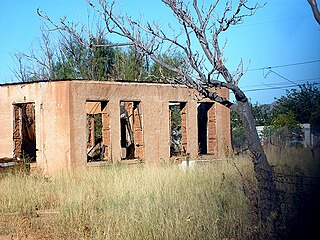
Fort Naco, Camp Naco, or Fort Newell began as a camp in the Southwest United States, on the outskirts of Naco, Arizona as part of the Mexican Border Project. Over time adobe and wooden buildings were constructed to house the garrison along with other permanent structures.
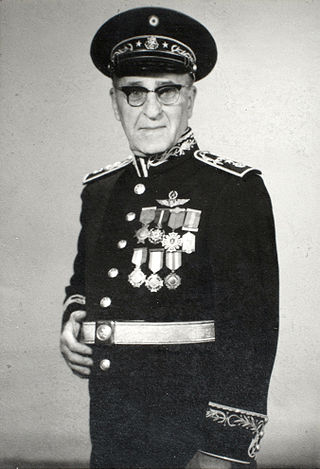
Luis Farell Cubillas was a Mexican Air Force combat pilot during the Revolution of the 1920s. He fought against Adolfo de la Huerta, the Yaqui rebels, General Arnulfo R. Gomez, against the Cristeros and accomplished several bombing and strafing missions against the military coup headed by General José Gonzalo Escobar and the revolt by General Saturnino Cedillo. Farell retired from active service as a Division General while being Sub-Chief of the Mexican Air Force.
Jeff Kidder was an American lawman in the closing days of the American Old West. He was most noted for his service with the Arizona Rangers.
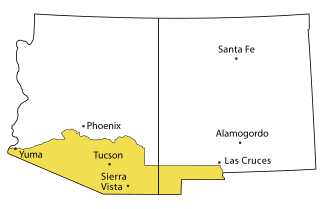
Prior to the adoption of its name for a U.S. state, Arizona was traditionally defined as the region south of the Gila River to the present-day Mexican border, and between the Colorado River and the Rio Grande. It encompasses present-day Southern Arizona and the New Mexico Bootheel plus adjacent parts of Southwestern New Mexico. This area was transferred from Mexico to the United States in the Gadsden Purchase of 1853. Mining and ranching were the primary occupations of traditional Arizona's inhabitants, though growing citrus fruits had long been occurring in Tucson.

The Second Battle of Agua Prieta, 1 November 1915, was fought between the forces of Pancho Villa and those of the future President of Mexico, Plutarco Elías Calles, a supporter of Venustiano Carranza, at Agua Prieta, Sonora, as part of the Mexican Revolution. Villa's attack on the town was repulsed by Calles. The battle helped to establish Carranza's control over Mexico and directly led to his becoming, with United States recognition, president. Villa believed that Calles had received tactical and strategic support from the United States since the town is located across the border from Douglas, Arizona and launched his raid on Columbus, New Mexico partly as a reprisal.

The Battle of Naco, or the First Battle of Naco due to a later siege was a battle of the Mexican Revolution between Constitutionalist forces and Mexican government forces. Rebel forces under General Alvaro Obregon defeated the Mexican Army garrison and captured Naco, Sonora.

The Mexican Border War, also known as the Border Campaign, refers to a series of military engagements which took place between the United States military and several Mexican factions in the Mexican–American border region of North America during the Mexican Revolution. It was the last major conflict fought on U.S. soil.
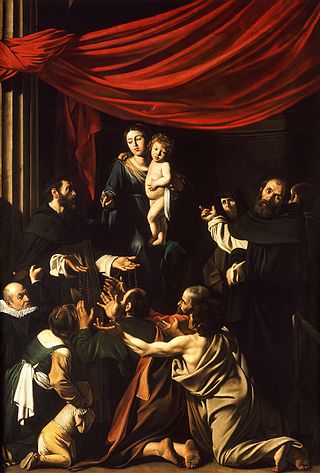
This article details the history of Sonora. The Free and Sovereign State of Sonora is one of 31 states that, with the Federal District, comprise the 32 Federal Entities of Mexico. It is divided into 72 municipalities; the capital city is Hermosillo. Sonora is located in Northwest Mexico, bordered by the states of Chihuahua to the east, Baja California to the northwest and Sinaloa to the south. To the north, it shares the U.S.–Mexico border with the states of Arizona and New Mexico, and on the west has a significant share of the coastline of the Gulf of California.
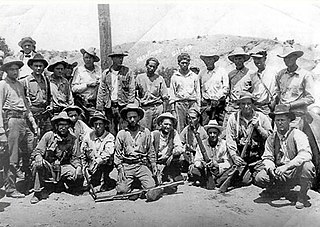
The Ruby Murders is the popular name for three separate incidents involving the deaths of six American citizens near the town of Ruby, Arizona. The first incident occurred in February 1920 when Mexican bandits robbed and killed the two owners of the Ruby Mercantile. A second attack happened in April 1921 when Mexican bandits robbed and killed the store's new owners. Two of the bandits were arrested for the crime, but they briefly escaped custody in July 1922 after killing another two men, which led to the largest manhunt in the history of the Southwest.

The Bombing of Naco was an international incident which occurred in the border town of Naco, Arizona, during the 1929 Escobar Rebellion. While rebel forces were battling Mexican 'Federales' for control of the neighboring town of Naco, Sonora, the Irish-American mercenary and pilot Patrick Murphy was hired to bombard the government forces with improvised explosives dropped from his biplane. During the ensuing fighting, Murphy mistakenly dropped bombs on the American side of the international border on three occasions, causing significant damage to both private and government-owned property, as well as slight injuries to several American spectators watching the battle from across the border. The bombing, although unintentional, is noted for being the first aerial bombardment of the continental United States by a foreign power in history.

The siege of Naco was a major battle fought in the border town of Naco, Sonora, Mexico, between March 31 and April 6, 1929, during the Escobar Rebellion. Following their capture of Cananea in 1928 and the drafting of the "Plan of Hermosillo", rebel forces under the command of General José Gonzalo Escobar occupied Agua Prieta and from there moved to take control of Naco, which at the time was a small, dusty village opposite of Naco, Arizona, occupied by government forces loyal to President Emilio Portes Gil. The rebels hoped to fund the revolution using the revenue generated by Naco and Agua Prieta, where there was a significant amount of public support for their cause.

The Escobar Rebellion was a conflict in northern Mexico in 1929 during the Maximato, between the government forces of President Emilio Portes Gil and rebel forces under the command of General José Gonzalo Escobar. After some initial success in taking over several key cities in the northern half of the country, the Escobar rebels were decisively defeated in a major battle at Jiménez, Chihuahua, and were eventually swept aside by the advancing government forces under the command of General Calles.
References
- 1 2 Edge Effects: The Border-Name Places; Temple, Robert; iUniverse; 2008; p. 632.
- ↑ Arizona: a panoramic history of a frontier State; Trimble, Marshall; Doubleday; 1977; p. 337
- ↑ Sierra Vista: Young City with a Past; Jackson Price, Ethel; Arcadia Publishing; 2003; p. 67.
- ↑ Reportage on Naco bomber Patrick Murphy
- ↑ Our Wall; Bowden, Charles; National Geographic; May, 2007.
- ↑ "Tracks and Trails″, Sounds, tucsoncitizen.com; 21-12-2000